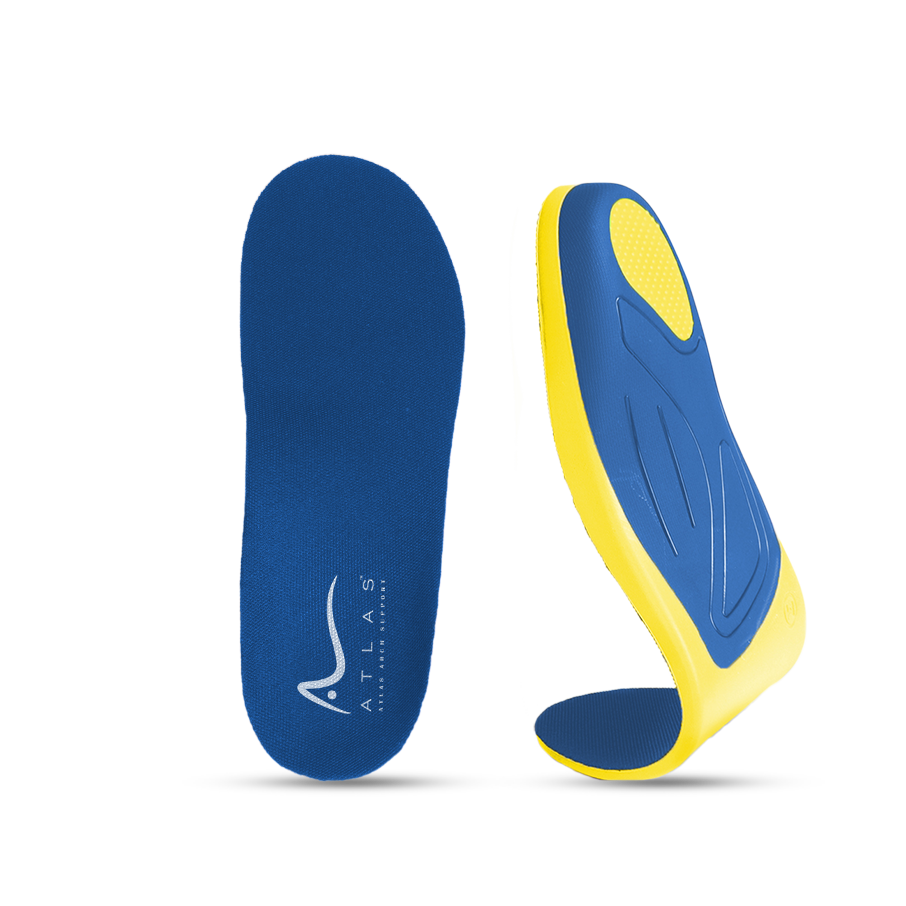Feet, the unsung heroes of our daily lives, bear the brunt of our activities—walking, jumping, and running—day in and day out. This relentless activity can sometimes lead to inflammation, strains, and various injuries. Often, the culprits behind foot discomfort are ill-fitting shoes, the challenges of managing diabetes, and the inevitable wear and tear that comes with aging.
Navigating the World of Foot Conditions and Disorders

The realm of foot health is vast, with numerous conditions that, if left unchecked, can evolve into more serious health concerns. Here's an in-depth look at some of the most common foot ailments:
Bunions: Picture the joint of your big toe, veering off course, causing swelling and pain. This deviation not only makes your big toe point outward but also forces the second toe to lean towards its neighbors. Often passed down through families, bunions can be worsened by narrow shoes. Corrective surgery is a frequent solution for those seeking relief.
Hammertoe: Imagine your toe, bent into an unnatural, claw-like position, often a consequence of muscle imbalance. This condition primarily targets the second toe, especially when it's forced out of alignment by a bunion. Opting for shoes that provide enough room can significantly ease discomfort.
Heel Spurs: These are bone growths that emerge on the underside of your heel, a direct result of the plantar tendon's constant tugging at its attachment point. The key to prevention? Proper warm-up routines and choosing the right athletic shoes.
Ingrown Toenails: When toenails grow into the skin, the discomfort can be unbearable. Often a result of not trimming nails correctly, wearing tight shoes, or genetic factors, this painful condition can be avoided with proper nail care and shoe selection.
Neuromas: These benign nerve growths, typically found between the third and fourth toes, arise from friction. Depending on their severity, treatments range from orthotic inserts to surgical removal.
Plantar Fasciitis: This inflammation at the bottom of the foot leads to heel or arch pain and can stem from an injury or improper foot mechanics. Treatments vary from simple icing and exercises to custom-made orthotics.
Sesamoiditis: This condition involves inflammation or rupture of the sesamoids—tiny bones beneath the forefoot. Choosing the right shoes and using orthotics can offer relief.
Shin Splints: Characterized by pain along the leg bone, caused by inflammation of the surrounding muscles or tendons, often linked to excessive foot pronation. Prevention involves proper stretching and the use of corrective orthotics.
Stress Fractures: These are tiny cracks in the bone, a result of overuse. Rest and sometimes additional shoe padding are necessary for healing.
Blisters, Corns, and Calluses: Common issues resulting from friction or pressure, these ailments are generally manageable with proper care and protective padding.
Fungal Infections: Conditions like athlete's foot thrive in damp, warm environments and can be exacerbated by health issues like diabetes.
Osteoporosis: Early signs of this bone condition can sometimes be detected through foot stress fractures, highlighting the importance of a diet rich in calcium and vitamin D, alongside regular exercise.
Foot Odor: A mix of sweat and bacteria in your shoes can lead to this embarrassing issue, manageable through good hygiene and addressing excessive sweating.
The Role of Podiatrists in Foot Health
Podiatrists are the guardians of foot health, offering consultations, performing corrective surgeries, and prescribing treatments to alleviate pain and correct deformities. They deal with a broad spectrum of conditions, from bone disorders to infections and everything in between.
Knowing When to Seek Help
If you're experiencing persistent foot or ankle pain, changes in the appearance of your foot, or if home treatments aren't bringing relief, it's time to consult a podiatrist. Signs of infection or any symptom that worsens or doesn't improve with basic care warrants professional evaluation, especially for individuals with diabetes or poor circulation.
Taking care of your feet is crucial to maintaining your overall health and well-being. By understanding common foot conditions and knowing when to seek professional advice, you can keep your feet healthy and continue to enjoy an active lifestyle.




